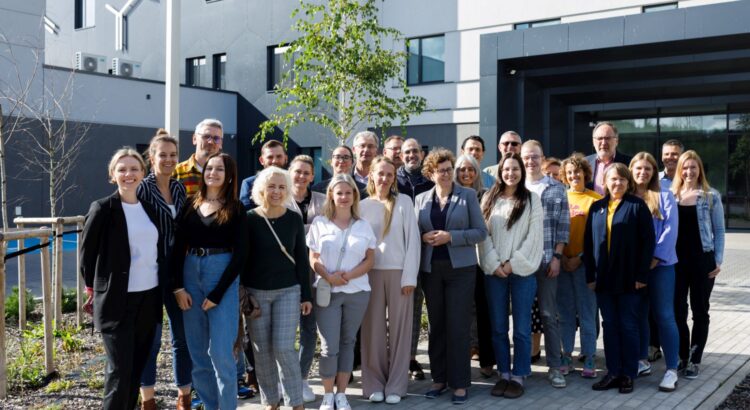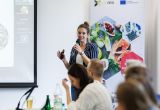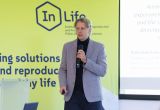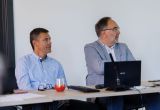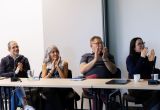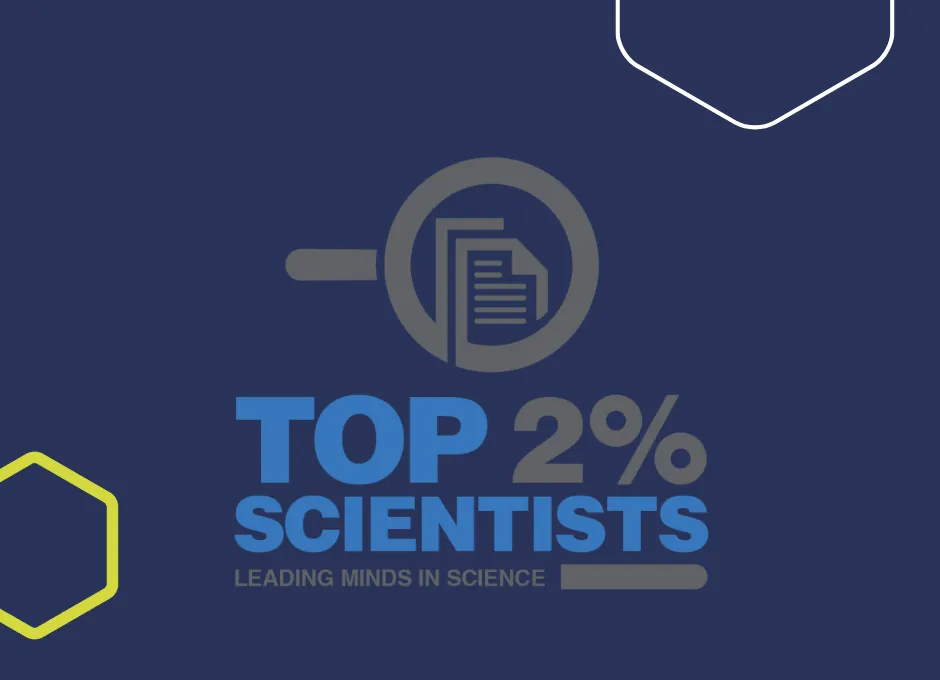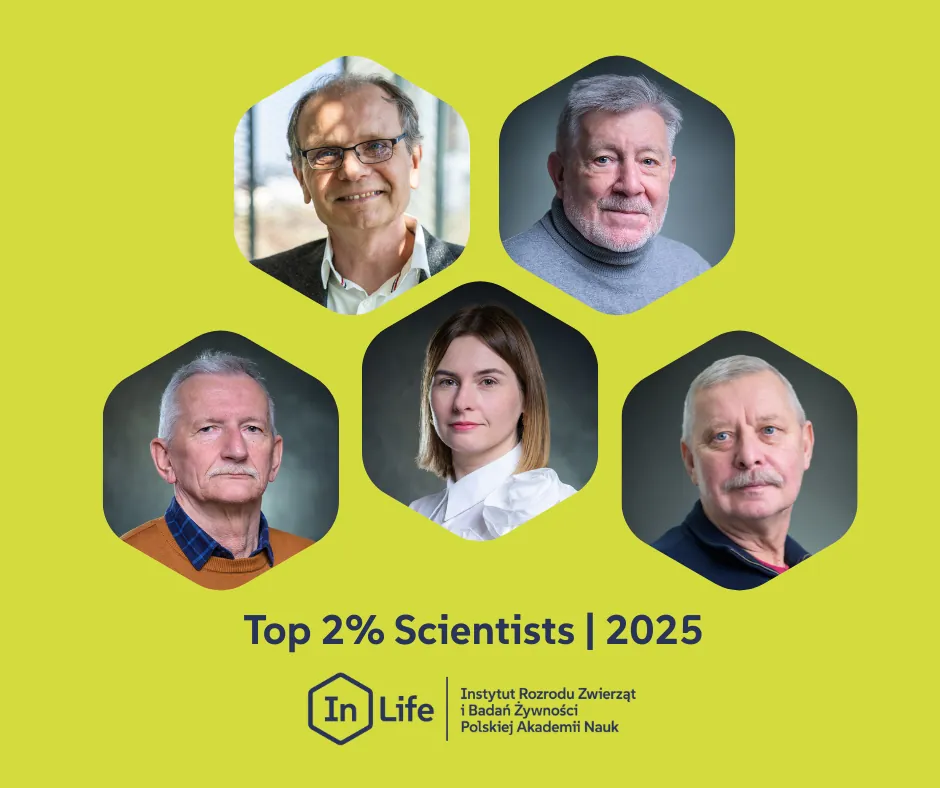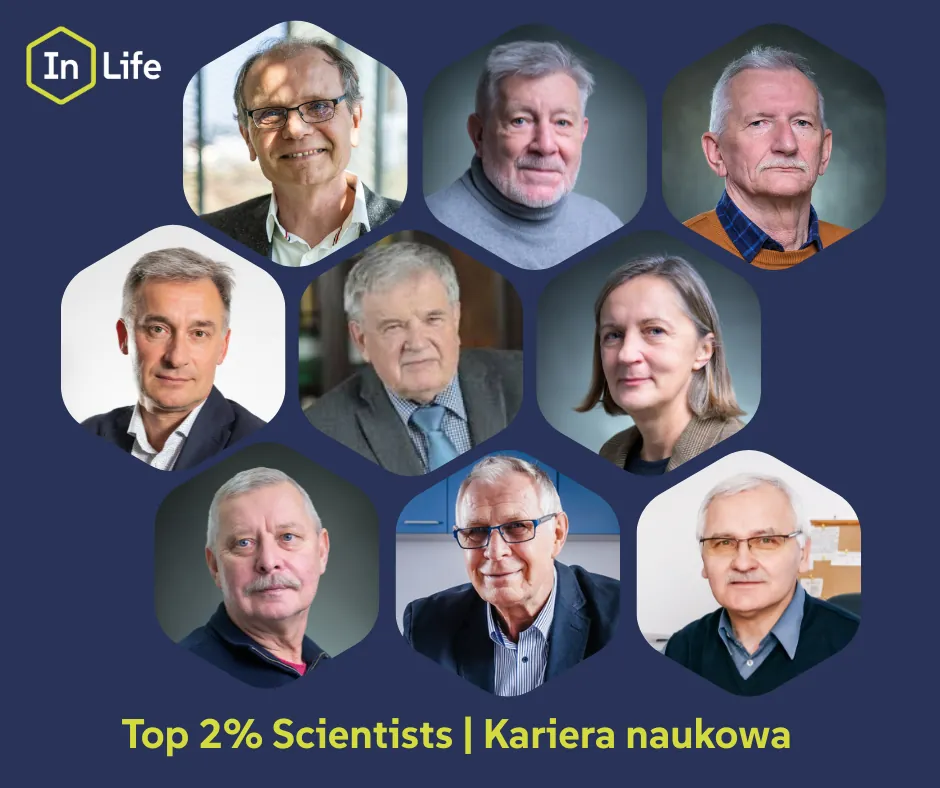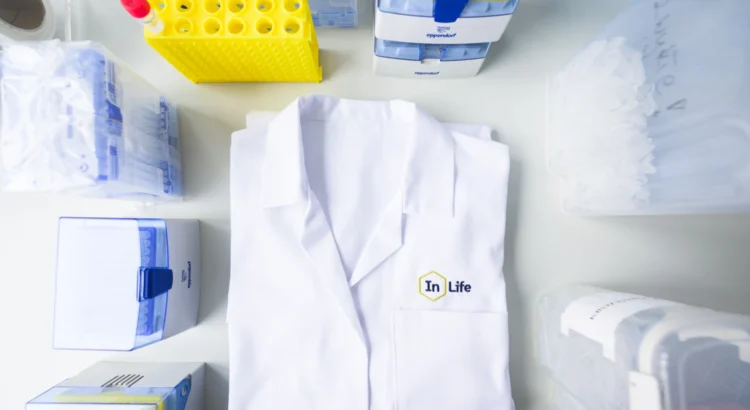Zarządzanie pracą laboratorium oraz badania z udziałem zwierząt – to tematy, o których dyskutowali eksperci z Polski, Portugalii, Holandii i Estonii, tworząc unikalną przestrzeń do wymiany cennych doświadczeń i dobrych praktyk. W dniach 23-24 września br. nasz Instytut pełnił rolę gospodarza międzynarodowych warsztatów zorganizowanych w ramach projektu CROSSPATHS, programu ukierunkowanego na rozwój międzynarodowej współpracy jednostek naukowych na rzecz lepszego wykorzystywania inwestycji finansowanych z Regionalnych Programów Operacyjnych i tworzenia innowacji w dziedzinie żywności, zdrowia i biogospodarki.
ZARZĄDZANIE LABORATORIUM: WYZWANIA
Pierwszego dnia uczestnicy skupili się na wyzwaniach stojących przed menedżerami laboratoriów. Po wizytach w naszych laboratoriach przedstawiciele Uniwersytetu Katolickiego w Portugalii (UCP), Estońskiego Uniwersytetu Nauk Przyrodniczych (EMU) oraz naszego Instytutu otworzyli dyskusję, w której starali się zidentyfikować kluczowe obszary problemowe, z którymi zmagają się kierownicy laboratoriów. Kluczowe wyzwania to ograniczone budżety, niedobór personelu i nadmierne eksploatowanie sprzętu. Jako strategie wychodzące naprzeciw w/w wyzwaniom wskazano m.in. wzmocnienie współpracy, lepsze zarządzanie danymi oraz definiowanie unikalnych cech oferty poszczególnych placówek. Dzień podsumowano wykładem Inny Dimovej (Innotrope), który przybliżył uczestnikom zawiłości praw własności intelektualnej w europejskich projektach badawczych.
PRZEDE WSZYSTKIM ETYKA
Drugi dzień poświęcono tematyce dobrostanu zwierząt. Nasi eksperci, prof. Jerzy Juśkiewicz, prowadzący badania z udziałem zwierząt, i dr hab. inż. Radosław Kowalski, Przewodniczący Krajowej Komisji Etycznej do Spraw Doświadczeń na Zwierzętach, omówili etyczne aspekty badań, alternatywne metody doświadczeń in vivo oraz polskie ramy prawne. Przedstawiciele Uniwersytetu w Wageningen (WUR) zaprezentowali z kolei innowacyjne projekty w zakresie zrównoważonego rolnictwa. Podsumowaniem drugiego dnia była wizyta studyjna w zwierzętarni Instytutu.
SZANSE I ZASADA 3R
Wspólnie zidentyfikowane wyzwania laboratoryjne wymagają wspólnych rozwiązań, opartych na standaryzacji, szkoleniach i partnerskiej współpracy między instytucjami. Warsztaty utwierdziły uczestników w konieczności kontynuacji ścisłej współpracy i dzielenia się wiedzą, szczególnie w ramach projektów europejskich. Dyskusja o badaniach na zwierzętach podkreśliła zaś kluczowe znaczenie transparentności, etyki i stosowania zasady 3R (ang. Replacement, Reduction, Refinement – Zastąp, Zmniejsz, Udoskonal) dla uzyskania wiarygodnych wyników naukowych i społecznej akceptacji.
Więcej o projekcie CROSSPATHS pisaliśmy tutaj.


